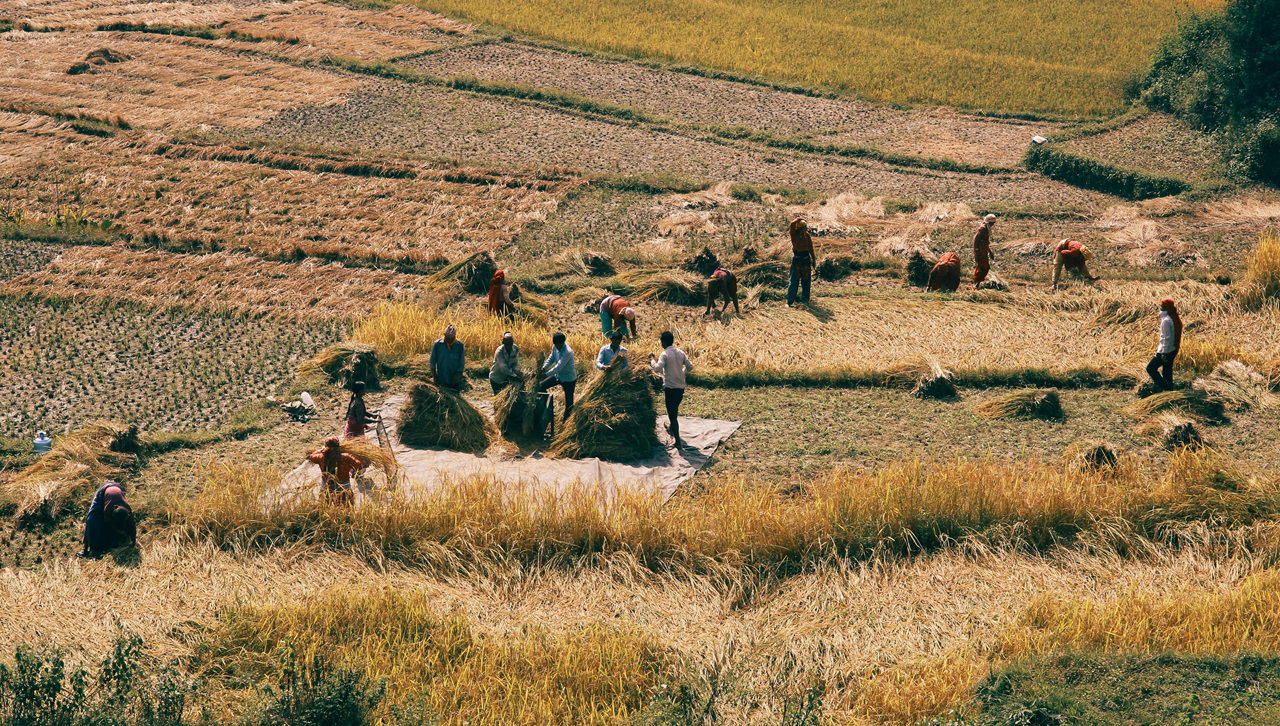
The Food and Agriculture Organization of the United Nations (FAO) has introduced a update to its FAOSTAT portal, offering new tools to understand the global scale and significance of agrifood systems in providing employment. This initiative introduces five new indicators and additional data that highlight the complexities of agricultural and related employment at both global and local levels, offering vital insights for policymakers, researchers, and the public.
The updated FAOSTAT now covers 23 indicators spanning agrifood employment, occupational divisions within agriculture, and the breakdown of working hours for people employed in agriculture, forestry, and fishing. The data, available by age, sex, and employment type, sheds light on trends across regions and countries. Notably, the new indicators include a breakdown of agricultural and non-agricultural employment within agrifood systems (AFS), which incorporates sectors like forestry, logging, fishing, and aquaculture.
Globally, agrifood systems are the largest employment sector, engaging approximately 1.3 billion individuals, or 39.2% of the world’s workforce. However, this share has steadily declined from 52.2% in 2000, indicating a shift toward other industries over the past two decades. The data reveals significant regional variations, with Africa leading at 64.5% of total employment in AFS, showcasing a high dependence on agriculture. Asia accounts for 41.5%, reflecting its diverse economic landscape that combines agricultural reliance with increasing industrialization. In contrast, regions like Europe (14.7%) and Oceania (18.7%) show a reduced dependency on agrifood employment, highlighting more diversified economies.
Asia records the highest agrifood employment numbers, with approximately 830 million people working in this sector. China and India dominate, contributing nearly 60% of Asia’s agrifood workforce. Africa ranks next with 300 million agrifood workers, with both continents collectively comprising 88% of global AFS employment.
The FAOSTAT data further shows that agricultural roles constitute 67.5% of agrifood system employment worldwide. However, regional dynamics vary. For instance, Africa and Asia’s agrifood jobs largely involve farming, while the Americas, Europe, and Oceania rely more on off-farm activities like food processing, trade, and transportation. Non-agricultural AFS employment has remained steady at about 13% of global employment over the past two decades, though Africa has seen growth in this sector, now standing at 16.5%.
FAO’s enhanced FAOSTAT portal is an essential tool for understanding and responding to the changing role of agrifood systems in global employment, providing vital data to support more sustainable and inclusive agricultural policies worldwide.
















